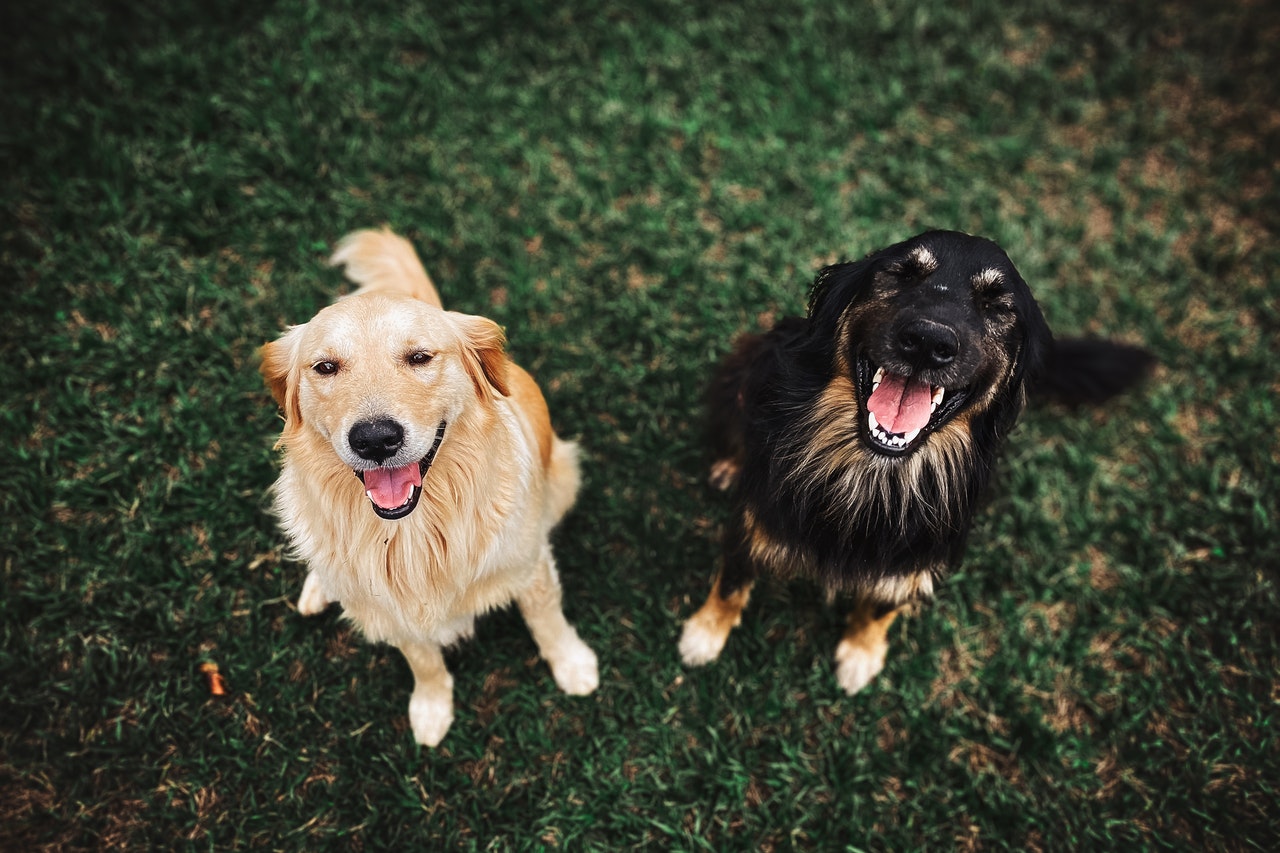America is known as the great melting pot. Most of us have mixed ancestry, and with the availability of at-home DNA kits, learning more about our heritage has never been easier. If you’ve ever wondered whether the Greene side of the family comes from England, Ireland, Scotland, or Wales, finding out is as easy as choosing a company, sending in a DNA sample, and accessing your results online. But did you know you can do the same with your dog? If you’ve ever adopted a pup of questionable origin, now you can find out your fur baby’s true breed as easily as you can learn your family’s genetic background. Let’s take a look at the best dog DNA tests to find the perfect match for your pooch.

The best dog DNA tests
Whether you’ve adopted a mixed-breed dog or taken in a shelter dog, knowing your pup’s genetic makeup can do more than just tell you what percentage of each breed helped create your dear dog. Just like human DNA tests, many canine DNA tests will provide valuable information about your pup – like breed-specific health conditions – and help you determine the best diet for your beloved pooch. Which is the best DNA test for your dog? Here are our top picks.
#1: Embark Breed Identification & Health Condition Identification DNA Test for Dogs
Nothing is more important to you than your pet’s health, and this DNA test from Embark screens for 210 genetic health risks. Because it was developed in partnership with the prestigious Cornell University College of Veterinary Medicine, you know you can trust the results. All you have to do is take a quick swab of your pup’s cheek, send in the sample, then Embark will analyze the sample using over 200,000 genetic markers. Not only will you uncover potential health risk factors, but you’ll also learn your pup’s breed. Embark traces their lineage going back to their great-grandparents. Embark has genetic data for over 350 breeds, and it can even help your pooch find his relatives in just 2-4 weeks.

#2: Wisdom Panel Essential, New and Improved Dog DNA Test for Ancestry, Traits, and Medical Complications
If you’re curious about your dog’s breed but want to avoid spending a small fortune on the results, Wisdom Panel Essential is probably your best bet. Wisdom Panel has tested over two million dogs and boasts the largest dog DNA database in the world. All it takes is a painless cheek swab, and within 2-4 weeks you’ll know your pup’s breed mix. Wisdom Panel’s test is so accurate it can determine breed percentages down to a single percent, and the database houses genetic data for over 350 dog breeds and varieties. Additionally, the test screens for over 25 medical complications, which can help you discover any medication sensitivities and even determine which medical procedures are safe for your pup. And it screens for 35 unique traits, which can determine everything from your pup’s ideal weight to why his muzzle is shaped the way it is.
#3: Embark Dog DNA Test for Purebred Pets Canine Genetic Health Screening & Genetic Diversity Score
Does your dog look exactly like every other golden retriever you’ve ever met? While there’s a good chance that he is a purebred golden, this test from Embark can identify more breeds and varieties with greater accuracy than other commercially available genetic tests. Embark’s test allows you to validate your pup’s breed, reveals any inbreeding – sadly a common issue with purebreds – and evaluates over 200,000 genetic markers to help you learn more about your pet’s health. Worried about breed-specific conditions? Embark can help you learn what to look for. The test screens for over 210 genetic health risks, such as cardiomyopathy, glaucoma, MDR1 drug sensitivity, and more. Collect a DNA sample by swabbing your fur baby’s cheek, send the sample off to Embark’s lab, and you’ll receive the results within 2-4 weeks.

Take the guesswork out of your dog’s breed
Guesstimating your dog’s breed based on their appearance is a thing of the past thanks to these in-home DNA test kits. If you’ve ever wondered where your pup gets their unique coloring, now you can find out in a matter of weeks. These tests can also provide you with crucial information regarding your beloved fur baby’s health, allowing you to keep an eye out for conditions they may be predisposed to developing later in life. Best of all, collecting a sample is easy for you and completely painless for your dog.



